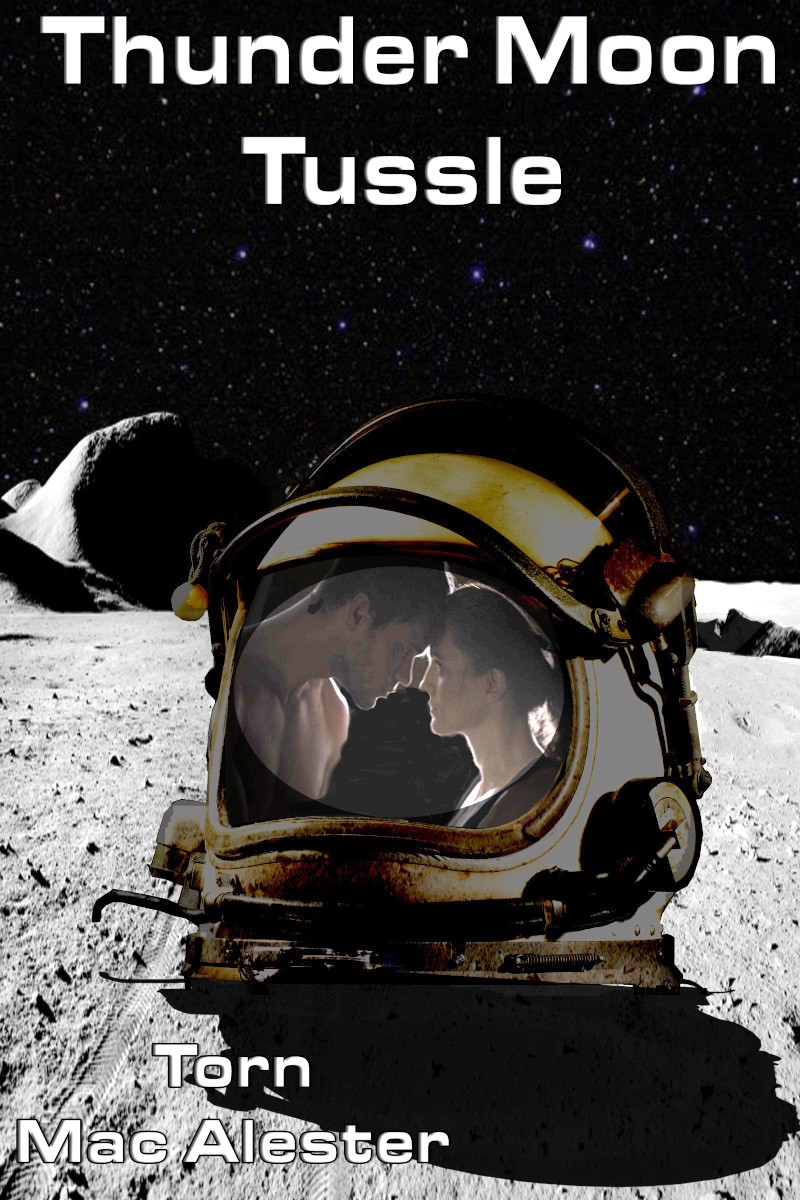
A new novel by Torn MacAlester Preview Available: Thunder Moon Tussle

Image by Snapwire on pexels I wanted to share some insight into the world building process that I am using in my science fiction stories. First off, most would call my science fiction as ‘Hard’ science fiction because of my use of scientific rigor when developing my stories. For myself, it’s part of the reason […]

Written for: The Fiction Fountain 4 Aug 2019 Photo by Min An from Pexels Frank ‘Cooter’ Ross looked at his books, trying to find information about first contact. Where the hell is it? He thought. I know there is some information here somewhere. “What’s going on Frank?” said the female voice over the computer […]